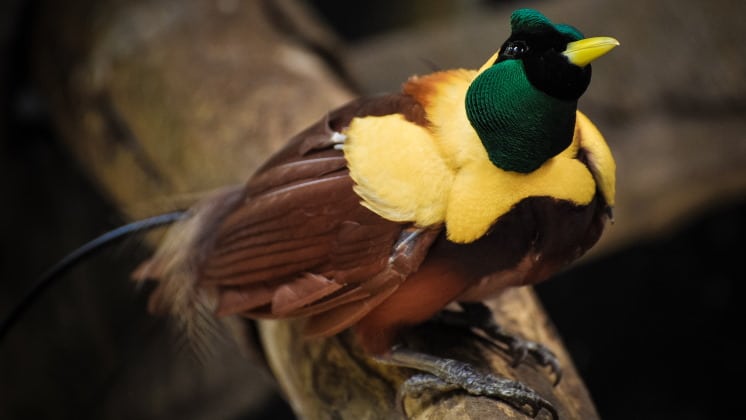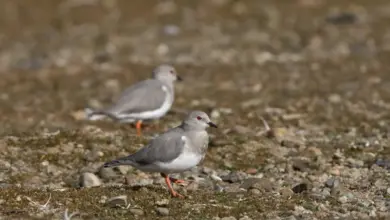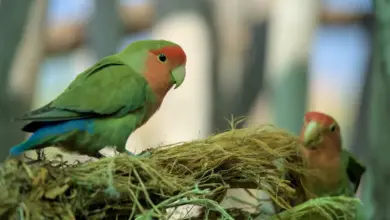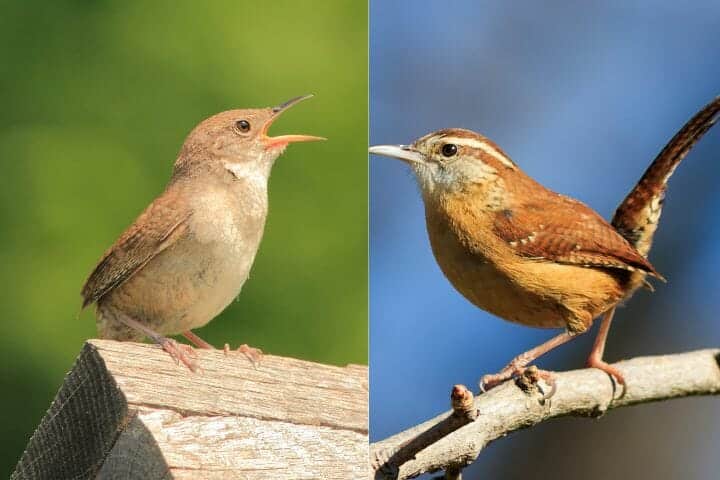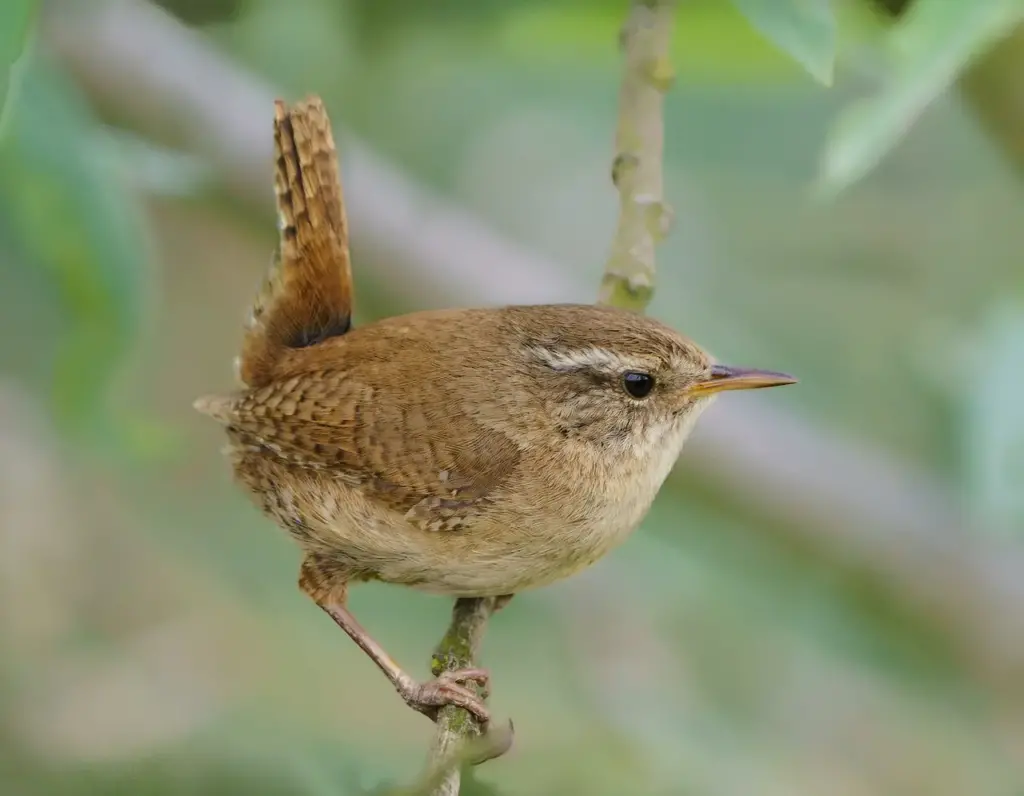
Description
It averages 9-10.5 cm (3.25 inches) in length (including its tail)..
The plumage is rufous brown above, greyer beneath, barred with darker brown and grey, even on wings and tail. The bill is dark brown, the legs pale brown.
Immature birds are less distinctly barred.
The plumage is subject to considerable regional variations.
Identification Tips:
-
- Short, thin bill
- Indistinct supercilium
- Reddish-brown upperparts (more reddish in eastern United States birds)
- Buffy breast with dark barring on belly and undertail coverts
- Wings and tail barred with black
- Very short tail frequently held upright
- Pink legs
- Sexes similar
- Frequently found very near the ground in brush piles, root tangles and along stream banks
Similar species: Other wrens with indistinct superciliums (stripes above the eyes) are House, Sedge and Rock Wrens. Winter Wren is more reddish-brown above, darker below and has a shorter tail. Sedge Wren is streaked with white on the crown and back. Rock Wren is larger with a contrast between the gray back and brown rump and has buffy tips to the tail. The St. Kilda Wren is greyer above, whiter beneath, and with more abundant bars on the back; the Shetland Wren is darker.
Call / Song:
An emphatic churr can be heared when this wren is annoyed or excited. It is loud for its size.
The song begins with a few preliminary notes, then runs into a trill, slightly ascending, and ends in full clear notes or another trill. The song is most noticeable during spring.
Diet
They eat mall insects and spiders, but in winter they also take large pupae and some seeds.
Nesting
The male Wren builds several nests – these are referred to “cock nests” but are never lined until the female chooses one to use. The breeding season commences in April.
The female lays five to eight white or slightly speckled eggs. Second broods may be reared in the same season.
Species Research by Sibylle Johnson
Please Note: The articles or images on this page are the sole property of the authors or photographers. Please contact them directly with respect to any copyright or licensing questions. Thank you.

